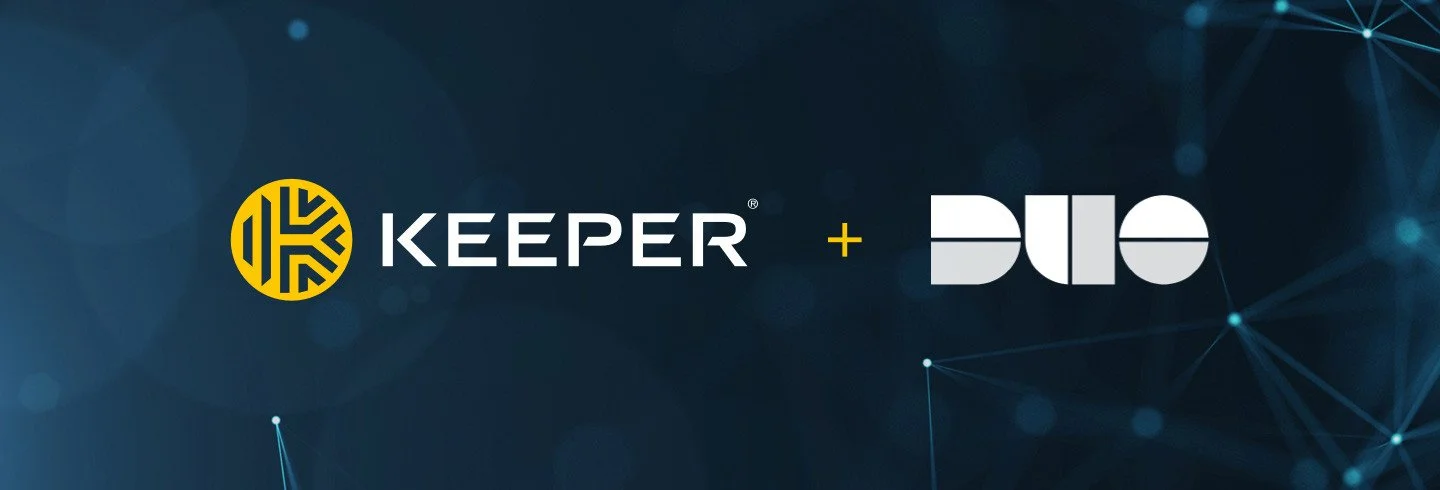16 Billion Passwords Leaked: How to Protect Your Accounts Now
What Happened
In June 2025, cybersecurity researchers discovered 30 exposed datasets containing over 16 billion login credentials. These records included usernames, passwords, and login URLs linked to widely used platforms such as Apple, Google, Meta (Facebook/Instagram), GitHub, Telegram, and even government portals. Importantly, this massive exposure wasn’t the result of a breach within those companies. Instead, the credentials were harvested by "infostealer" malware that quietly infects devices and captures sensitive login information as users go about their day.
According to Cybernews, approximately 85% of this data is tied to recent infections, underscoring the continued activity and danger posed by these threats. Experts are calling it one of the largest credential leaks in history, with serious implications for both individuals and organizations, including the risk of phishing attacks, account takeovers, and identity theft.
What You Should Do Now
If you haven't already, the first step is to change any reused passwords, especially on high-value accounts like those with Apple, Google, or Meta. Using the same password across multiple accounts leaves you vulnerable to credential-stuffing attacks. Each of your accounts should have its own strong, unique password.
Next, enable Multi-Factor Authentication (MFA) wherever it's available. MFA adds a critical second layer of defense, and tools like Duo Security make it easy to secure your accounts using an app-based prompt or hardware token. MFA ensures that even if someone steals your password, they can’t access your account without the second authentication factor.
It’s also important to regularly scan your devices for malware. Many infostealers operate quietly in the background, so you may not realize your credentials are being siphoned off. Reliable antivirus or anti-malware tools can help detect and remove these threats.
You should also consider using passkeys, which are an emerging technology designed to eliminate the need for passwords altogether. Built into platforms like Apple and Google, passkeys are resistant to phishing and make credential theft nearly impossible.
Finally, it’s a good idea to monitor whether your credentials have already been exposed. Tools like "Have I Been Pwned" can alert you if your information has shown up in known breaches, giving you a head start in protecting your digital identity.
Why Keeper Security is Your Best Defense
In the aftermath of this massive data leak, using a trusted password manager is one of the smartest steps you can take. Keeper Security offers a secure, easy-to-use platform that helps individuals and businesses protect their online accounts with strong, unique passwords.
Keeper uses zero-knowledge encryption, meaning only you can access and decrypt your stored credentials. Its platform works across all major devices and browsers, making it simple to access your vault from anywhere. Keeper also includes a built-in password generator and autofill feature, so you can create and use complex passwords without memorizing them.
Beyond storage, Keeper allows for secure password sharing and emergency access, letting you safely share credentials with family members or team members, and designate trusted contacts to access your vault in emergencies. Advanced features like self-destruct protection after failed login attempts, inactivity timeouts, and support for multiple MFA methods further enhance your digital security.
For families and businesses, Keeper offers flexible plans that include shared vaults, administrative controls, detailed activity reporting, and integration with single sign-on (SSO) systems. Importantly, Keeper has never been breached and holds certifications like SOC-2 and ISO27001, reinforcing its reputation as one of the most secure password managers available.
Now more than ever, it’s time to take your digital security seriously. Reset your passwords, enable multi-factor authentication, scan for malware, and consider Keeper Security to help you stay protected in an increasingly risky online world.

